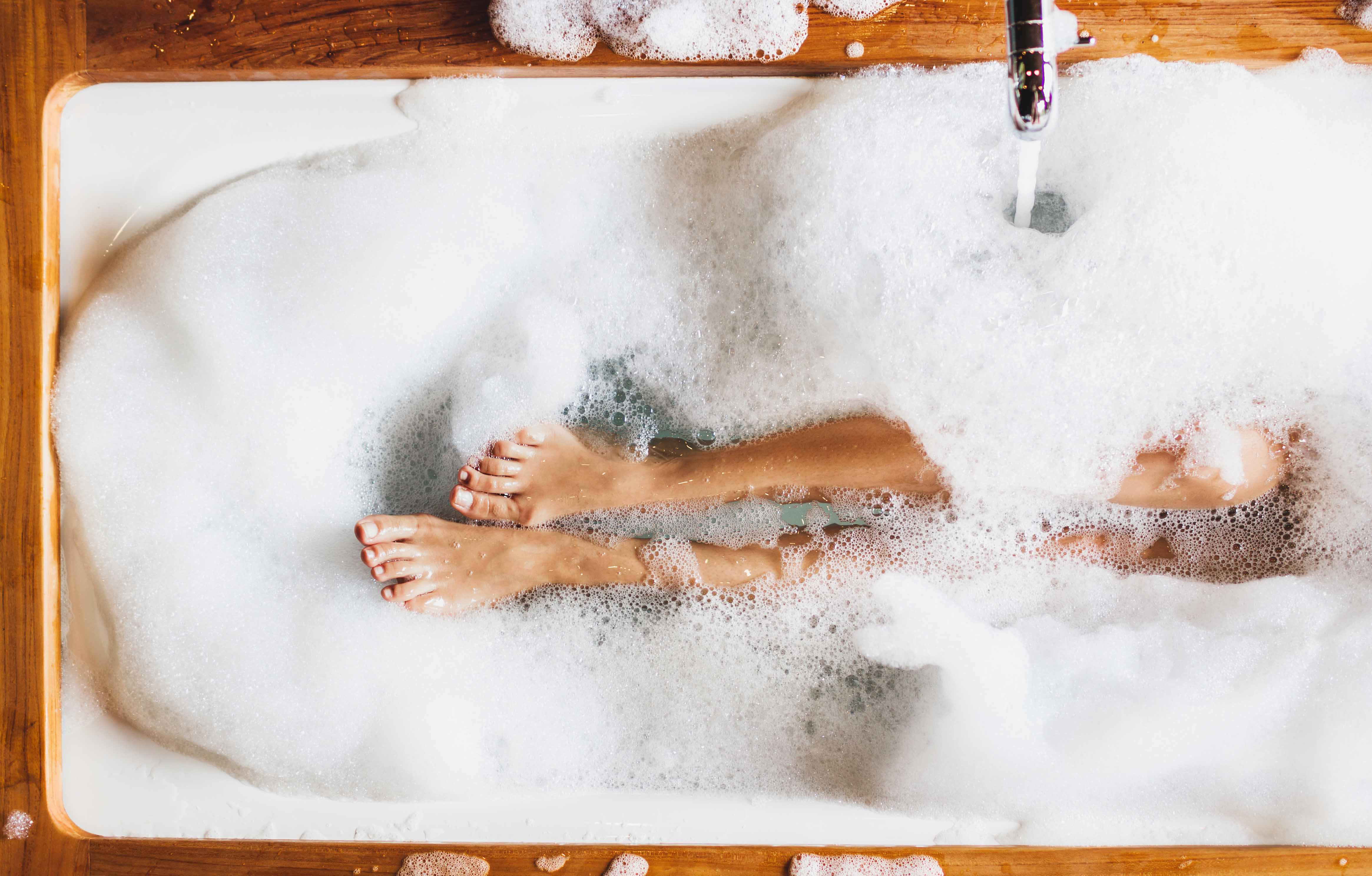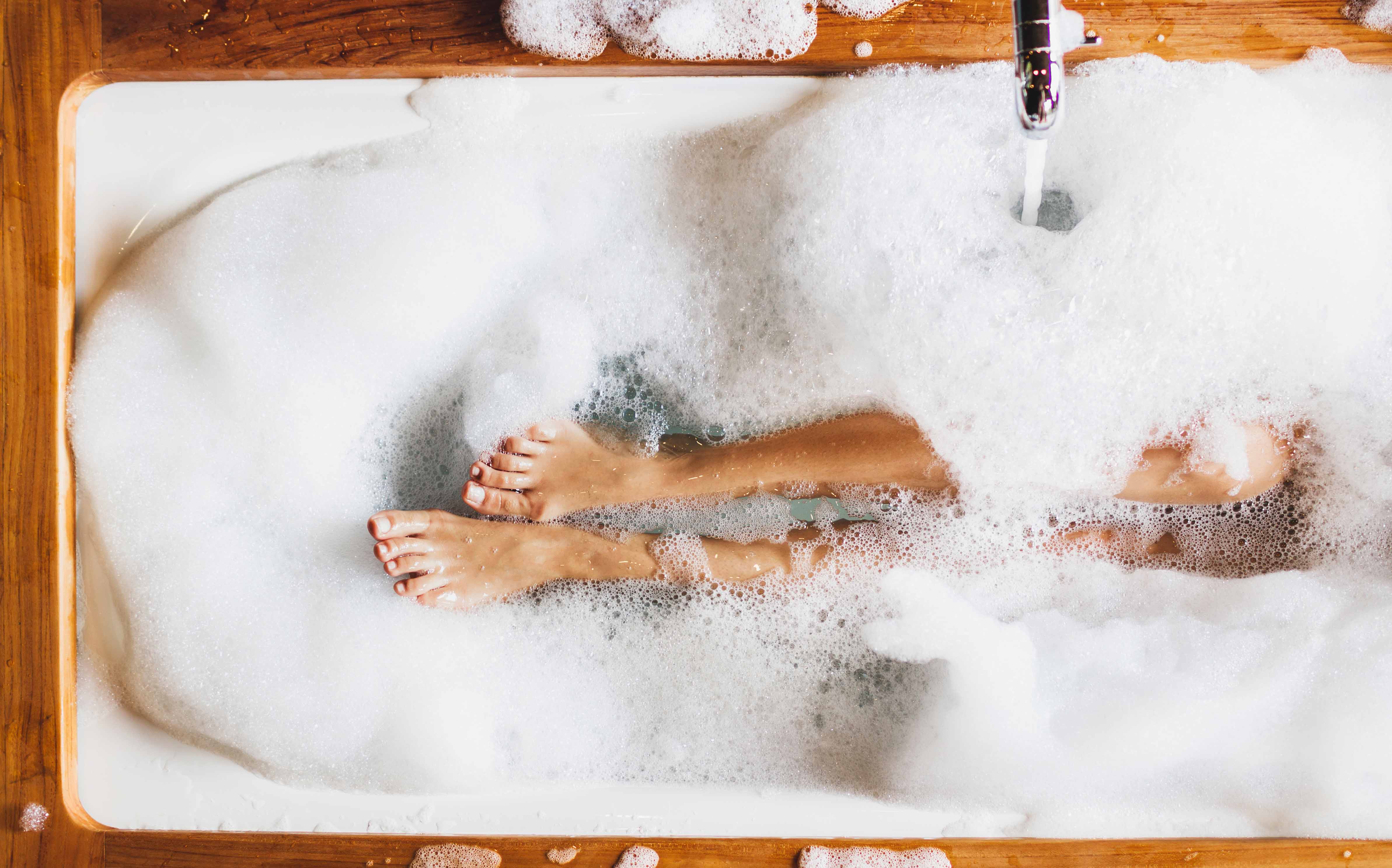Beat the post-workout burn


You know that feeling: It’s a day or two after your workout, your muscles are stiff and sore, it hurts to do much of anything, but you also feel accomplished because the soreness is a sign of the good work you did – though it sure would be nice to be able to use the stairs without wincing.
We asked a few fitness pros to explain why we get that post-workout burn and some advice to help ease the soreness. Here’s what they had to say.
What it is
“Typically, the reason a person gets sore is something known as delayed onset muscle soreness or DOMS,” says Jason Priest, a registered nurse, personal trainer and the founder and CEO of Dad Bod Health in Dallas, Texas. “This happens after a person works out and stresses the muscle tissue beyond what it is used to. Small tears occur in the muscle fibres, which can lead to some inflammation and eventually pain. But this is a perfectly normal response and occurs in even the most experienced exercisers.”
The difference between “good pain” and “bad pain”
“There is a big difference between ‘good pain’ and ‘bad pain’ when it comes to exercise,” Priest says. “Generally, the good pain happens after a workout is complete, which is why it is referred to as delayed onset muscle soreness. Any pain experienced during a workout should certainly be questioned, especially in those who aren’t lifting extremely heavy weights.”
He adds, “I always encourage my clients to stop if they are feeling pain so we can change exercises. Pushing through true pain is something I never advise, and most people can differentiate between ‘good pain’ and ‘bad pain.’”
If at any point during your workout you suspect you have an injury, Priest says it is best to stop and re-evaluate to make sure you aren’t at risk of injuring yourself further.
Another tip to differentiate between good and bad pain comes from Igor Klibanov, a Toronto-based fitness and nutrition expert, trainer and author.
“‘Good pain’ is felt in the muscles. ‘Bad pain’ is felt in the joints. It's the difference between ‘my quads hurt’ and ‘my knees hurt.’”
Tips to beat the burn
Eat
“Eating the right nutrients after working out is extremely important to the recovery process,” says Priest.
He explains it is important to have protein and carbs within 30 minutes of a workout. The carbs help replenish your glycogen stores – your body’s first source of fuel – and the protein helps to prevent muscle breakdown and promotes muscle growth.
“I typically recommend having a piece of fruit, such as a banana, and a protein shake right after a workout. Then within an hour or so I recommend having a complete meal consisting of a lean protein, healthy carb source and a healthy fat source,” says Priest. “This sequence can initiate a complete recovery process. It also provides the body with nutrient-dense foods in order to fuel your body the rest of the day and help replenish energy stores for your next workout.”
Stretch/Move
“Stretching can also play a significant role in reducing some of the delayed onset muscle soreness and is often very underutilized,” says Priest.
Dre Delos Santos, a personal trainer based in Honolulu, Hawaii, says a simple strategy to accelerate your recovery is to go for a 15-20 minute walk or bike ride the day after your workout. “Passive modalities such as stretching and foam rolling are viable options to aid recovery,” he says, “but your body thrives on movement.”
Sleep
Priest says adequate, high-quality sleep is also crucial for exercise recovery because “it is believed that deep sleep is when growth hormone is released, and growth hormone stimulates muscle growth and repair as well as bone building and fat burning.”
“We recover when we sleep. And considering we sleep around one-third of our lives, that probably means that it’s pretty important,” Klibanov says.
Active people also need more sleep than sedentary people, he explains, “and the more active someone is, the more sleep they need.”
So, what does good sleep look like?
Klibanov recommends going to bed between 10 p.m. and 11 p.m., if possible, and making sure the room is completely dark. An ideal bedroom has a temperature that’s around 17 to 21 degrees and is devoid of electronics.
And your bedroom should be reserved for sleep and sex, Klibanov says – no reading, eating or anything else.
One final thing that may also help reduce post-workout muscle soreness long-term, is also something that benefits your exercise routine in general: consistency.
“Consistency is key,” says Priest. “Oftentimes when I have a new client who begins an exercise program, they’ll report some muscle soreness in the beginning of their transformation. However, as we move forward with their program, I rarely hear about this much because I believe it becomes fairly minimal as they build consistency into their routine.”